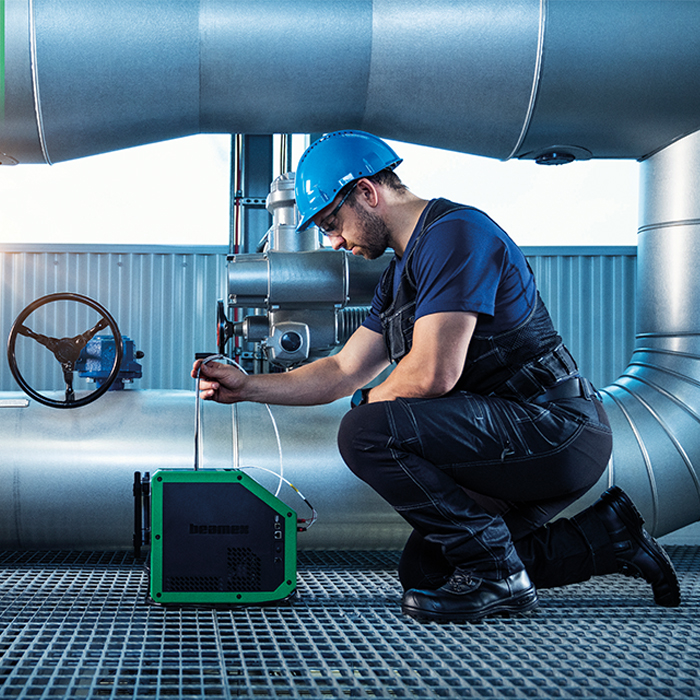Uncertainty components of a temperature calibration using a dry block
What is a ‘dry block’?
A temperature dry block is a device that can be heated and / or cooled to different temperature values, and as the name suggests, it’s used dry without any liquids.
Uncertainty components
When you make a temperature calibration using a dry block, there are uncertainty components that may cause uncertainty or errors to the measurement results…
1. Internal reference sensor
An internal reference sensor is permanently inserted into the metal block, it is typically close to the bottom part of the calibrator and it is located in the metallic block surrounding the interchangeable insert.
This internal sensor does not directly measure the temperature of the insert, but it measures the temperature of the surrounding block. Since there is always some thermal resistance between the block and the insert, this kind of measurement is not the most accurate one.
2. External reference sensor
The other way to calibrate using a dry block is to use an external reference sensor. The idea here is that you place a reference sensor into a hole in the insert while entering the other sensors to be calibrated in the other holes in the same insert.
As the external reference sensor is positioned into the same metal insert, it can more precisely measure the same temperature as the sensors to be calibrated are measuring.
Using an accurate external reference sensor results in a more accurate calibration with smaller uncertainty (compared to using an internal reference sensor), so it is highly recommended.
The external reference sensor naturally needs to be measured somehow, but you need to consider the uncertainty of the reference sensor and the uncertainty of the measurement circuitry.
3. Axial temperature homogeneity
Axial homogeneity (or axial uniformity) refers to the difference in temperature along the vertical length of the boring in the insert.
For example, the temperature may be slightly different in the very bottom of the boring in the insert, compared to the temperature a little higher in the boring.
Typically, the temperature will be different in the very top of the insert as the temperature is leaking to the environment.
4. Temperature difference between the borings
As the heading implies, the temperature difference between the borings, sometimes referred to as “radial uniformity”, is the temperature difference between each boring (hole) in the insert. Although the insert is made of metal compounds and has a good thermal conductivity, there can still be a small difference between the borings, especially the opposite ones.
5. Influence of loading
There is always some heat conducted through the sensors to the environment (stem conductance) if the blocks’ temperature differs from the environmental temperature.
If there are several sensors installed in the insert, there will be more temperature leaking to the environment. Also, the thicker the sensors are, the more temperature leakage there will be.
The bigger the temperature difference between the insert and the environment temperature, the bigger the leakage will be.
6. Stability over time
Stability over time describes how well the temperature remains stable over a longer period. The temperature needs to be stable for a certain amount of time as the different sensors may have different thermal characteristics and may take different times to stabilise.
7. Don’t be in a hurry!
If you make a temperature calibration with a dry block too fast, that will be the biggest source of uncertainty!
Summary
Making a temperature calibration using a dry block seems like a pretty simple and straight forward thing to do, but there are many possible sources for uncertainty and error that should be taken into consideration. The biggest uncertainties are more likely to come from the calibration procedure itself, not necessarily from the specifications of the components.
https://resources.beamex.com/a-better-way-for-temperature-calibration




